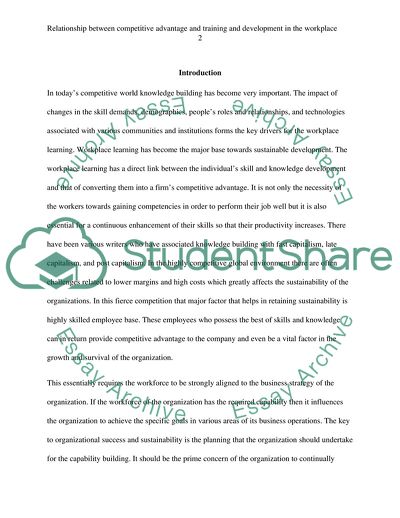Cite this document
(The relationship between competitive advantage and training and Research Paper, n.d.)
The relationship between competitive advantage and training and Research Paper. https://studentshare.org/human-resources/1818284-the-relationship-between-competitive-advantage-and-training-and-development-in-the-workplace
The relationship between competitive advantage and training and Research Paper. https://studentshare.org/human-resources/1818284-the-relationship-between-competitive-advantage-and-training-and-development-in-the-workplace
(The Relationship Between Competitive Advantage and Training and Research Paper)
The Relationship Between Competitive Advantage and Training and Research Paper. https://studentshare.org/human-resources/1818284-the-relationship-between-competitive-advantage-and-training-and-development-in-the-workplace.
The Relationship Between Competitive Advantage and Training and Research Paper. https://studentshare.org/human-resources/1818284-the-relationship-between-competitive-advantage-and-training-and-development-in-the-workplace.
“The Relationship Between Competitive Advantage and Training and Research Paper”. https://studentshare.org/human-resources/1818284-the-relationship-between-competitive-advantage-and-training-and-development-in-the-workplace.


